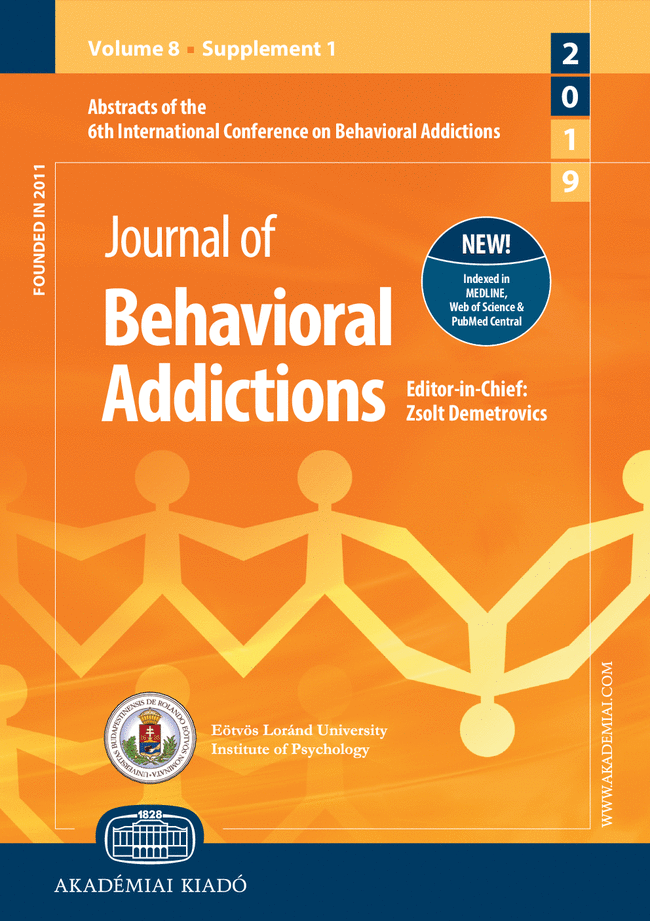Examining the relationship between fitness-related self-conscious emotions, disordered eating symptoms, and morbid exercise behavior: An exploratory study
Examining the relationship between fitness-related self-conscious emotions, disordered eating symptoms, and morbid exercise behavior: An exploratory study
Author(s): Manuel Alcaraz-Ibáñez, Álvaro Sicilia, Delia C. Dumitru, Adrian Paterna, Mark D. GriffithsSubject(s): Behaviorism
Published by: Akadémiai Kiadó
Keywords: exercise addiction; exercise dependence; morbid exercise; guilt; shame; pride
Summary/Abstract: Background and aims. Theoretical models of morbid exercise behavior (MEB) suggest that it may emerge as a result of complex interactions between a range of psychosocial factors. However, in spite of fitness-related self-conscious emotions involving such factors, their relationship with the risk of MEB has never been investigated. Consequently, this study had two objectives. First, to explore the relationship that fitness-related self-conscious emotions have with (a) symptoms reflecting MEB as assessed by the Exercise Addiction Inventory (EAI) and the Exercise Dependence Scale-Revised (EDS-R) and (b) exercise frequency. Second, to examine whether these relationships might vary according to disordered eating symptoms. Methods. A sample of 646 undergraduate students (59% males; Mage = 21.25; SDage = 2.94) completed a self-reported questionnaire. Results. After controlling for age, sex, and disordered eating symptoms, it was found that shame, hubristic pride, and authentic pride positively explained MEB; for their part, guilt (negatively) and authentic pride (positively) explained exercise frequency. The positive relationships between pride and MEB were weaker (in the case of the hubristic facet) or stronger (in the case of the authentic facet) under higher levels of disordered eating symptoms. The independent variables explained 29% (EAI), 28% (EDS-R), and 27% (exercise frequency) of the variance in dependent variables. Discussion. Tempering fitness-related emotions of shame, guilt, hubristic pride, and authentic pride may contribute to healthier exercise behavior.
Journal: Journal of Behavioral Addictions
- Issue Year: 8/2019
- Issue No: 3
- Page Range: 603-612
- Page Count: 10
- Language: English

